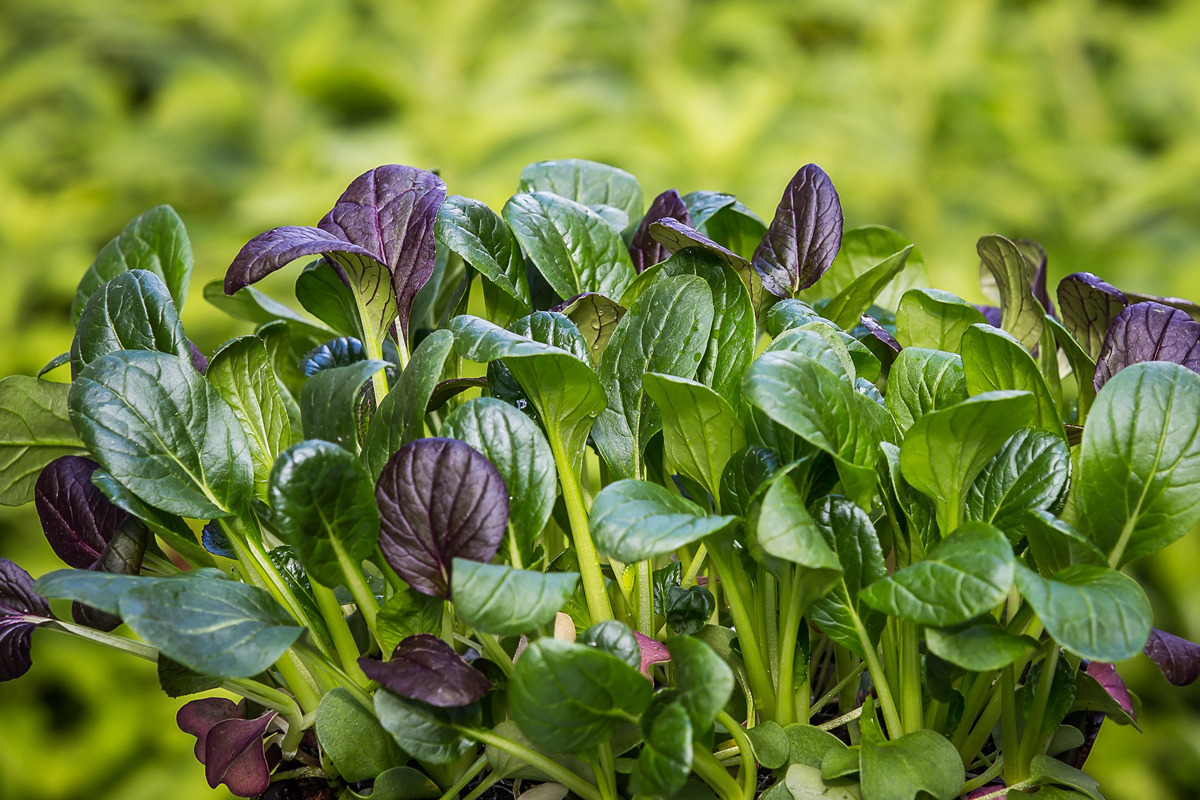Spinach has a large number of uses on the dinner table, from side salads, soups, chip and vegetable dips, to fillings for all sorts of entrees. If you’re growing spinach at your house, you can savor all these with fresh produce from your own yard. And as a bonus, it actually grows very quickly, from seed to harvest in just six weeks. Plus, it’s a cool-weather plant to help you fill out your garden and rotate crops during the cold months, which is great to condition and renew your soil.
Spinach History
Wild spinach is thought to come from the Middle East and southwest Asia. It was first grown as a crop in Persia, before spreading east and west to China and the Mediterranean region. It was popularized throughout Europe by the French in the 14th century. It was also popular in England and Germany at this time. Some time later, in the 1800s, it made the trip across the Atlantic to be cultivated by Americans.
Although best well-known for its iron content, spinach has many other good vitamins and minerals. It’s got a lot of Vitamins A, C, and K, plus folate (Vitamin B), so it’s one of the healthiest vegetables to eat.
Growing Spinach
Starting with the soil, you should have a high loam content, with a high amount of nitrogen. The pH should be somewhere around 6.5. Spinach is very sensitive to acidity, so you’ll want to get your soil examined to confirm the pH is high enough (low pH is acidic, high pH is basic, and 7.0 is a neutral pH). As mentioned before, spinach favors cool weather, so your soil does not have to be too warm to get started – 50F should do, but try to be sure you don’t experience huge temperature swings and major frosts in the coming weeks.
Next, check out your seeds to verify that they’re not too old. Although they can remain viable for a couple years, for best germination probability, don’t use seeds that are more than one year old. Seeds from a plant permitted to bolt from last season’s plants are preferred. To plant the seeds in the soil, put them about 1/2 inch deep, spaced at 5 inches, and approximately a foot between rows. Spinach seedlings have very fragile roots, so you want to keep handling and transplanting to an absolute minimum. Having sufficient space for each seedling ensures you won’t have to do any thinning or handling of the young plants.
Once in the ground, just make sure that the spinach receives enough water. It needs not less than 0.75 inches every week.
Issues
There are 2 common issues to know about when growing spinach. The first issue concerns molds and fungi. Spinach likes cool and damp environments, but so does fungus and mold. Take the proper precautions to assure that water doesn’t stick around longer than needed. This includes ensuring that the area is well ventilated (the spacing should help with this) and well drained. You can also do your manual watering in the late morning, to promote evaporation. Secondly, if your spinach grows slowly and shows indications of yellowing leaves, you may be using a soil that’s too acidic, as mentioned above. Prevention is the best solution here, so you may want to get your soil analyzed before growing.
Harvesting
One nice thing about spinach is that the leaves are edible at any time during the growing process. Generally 1-1.5 months is the right time, but try harvesting some younger leaves to test out the flavors and timing in your garden. Once you harvest the leaves, try not to handle them too much to avoid damage.
The Author:
Steve Churchill
